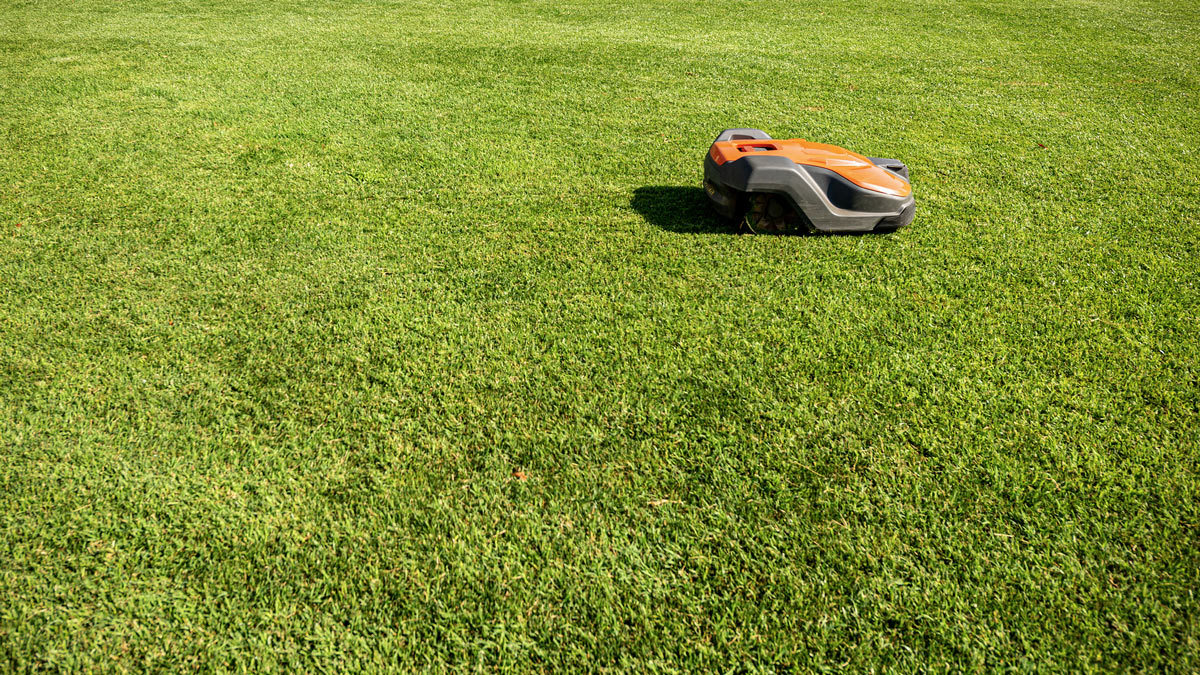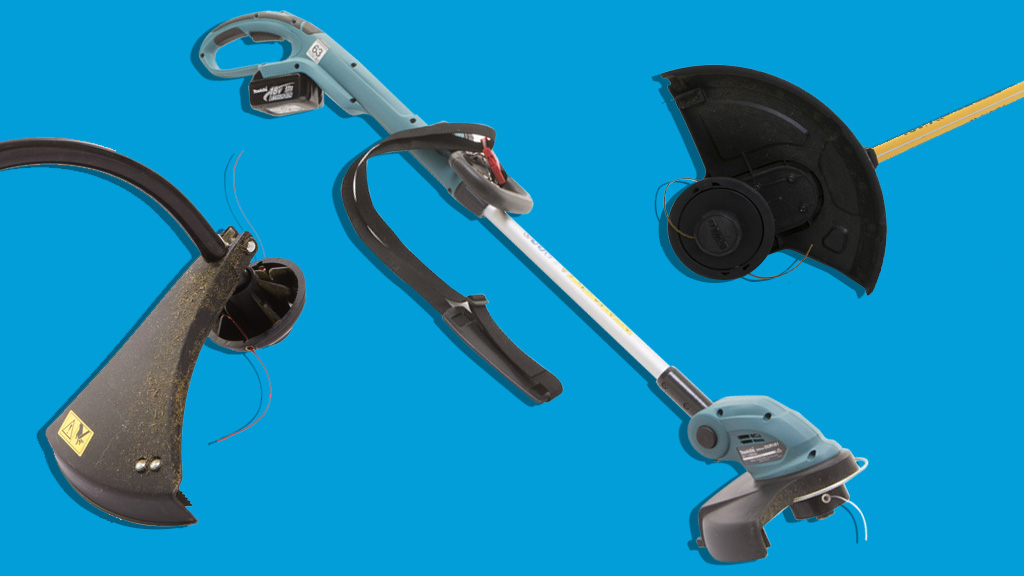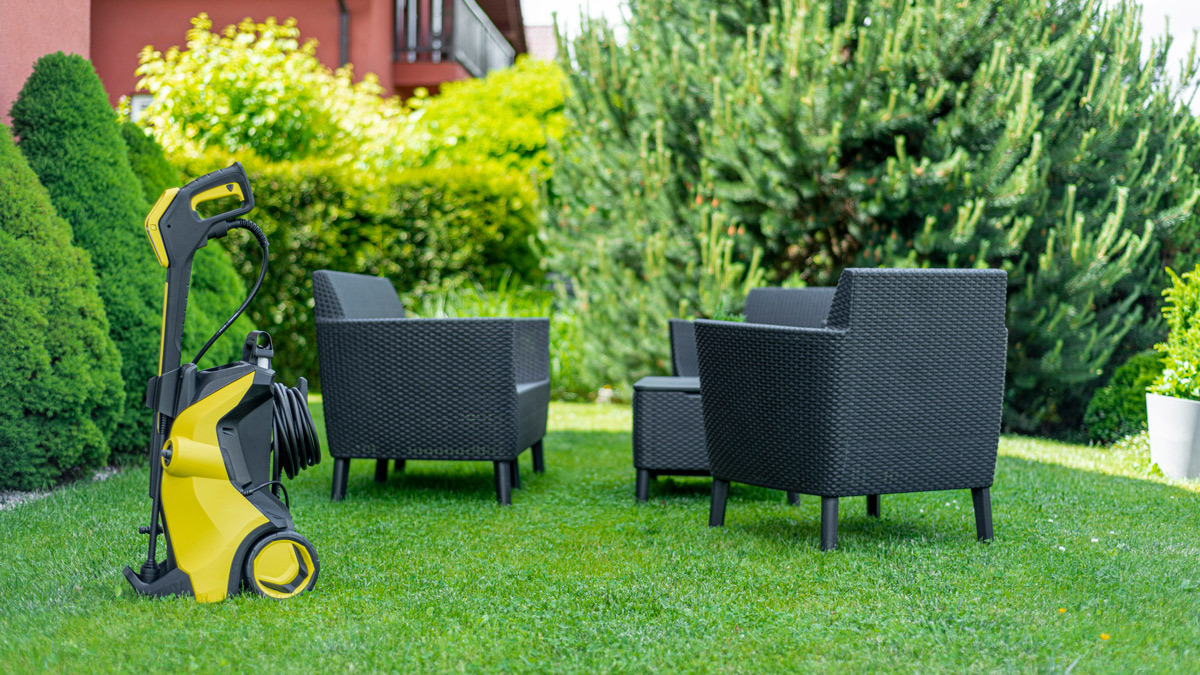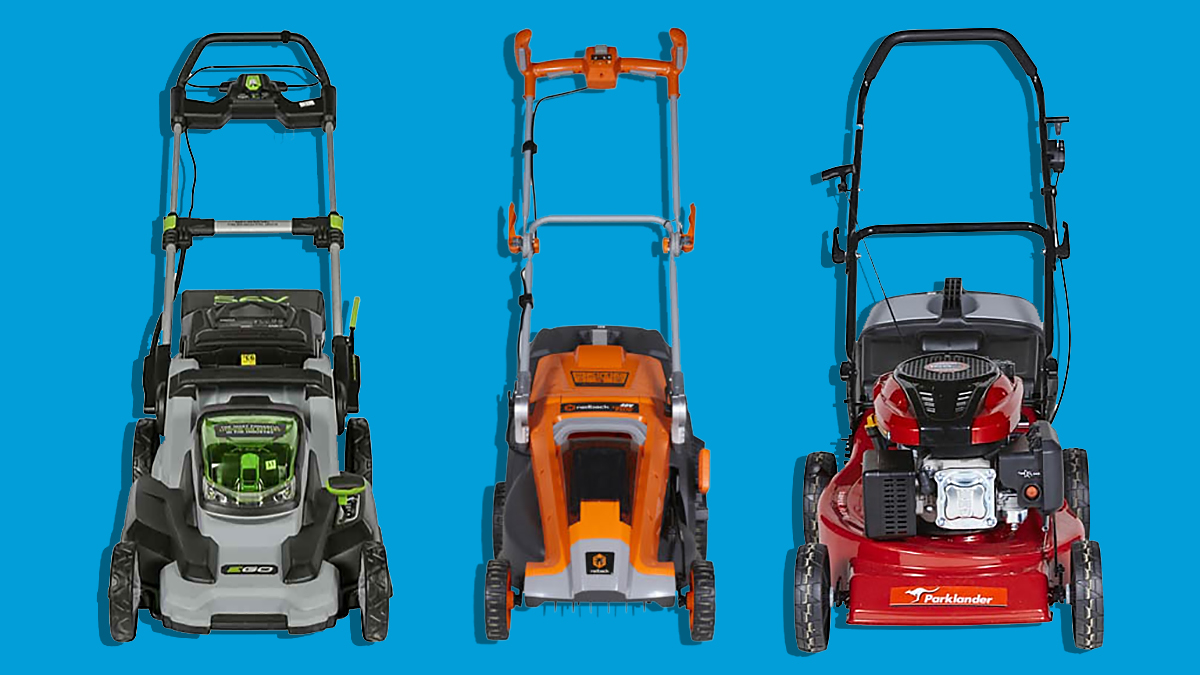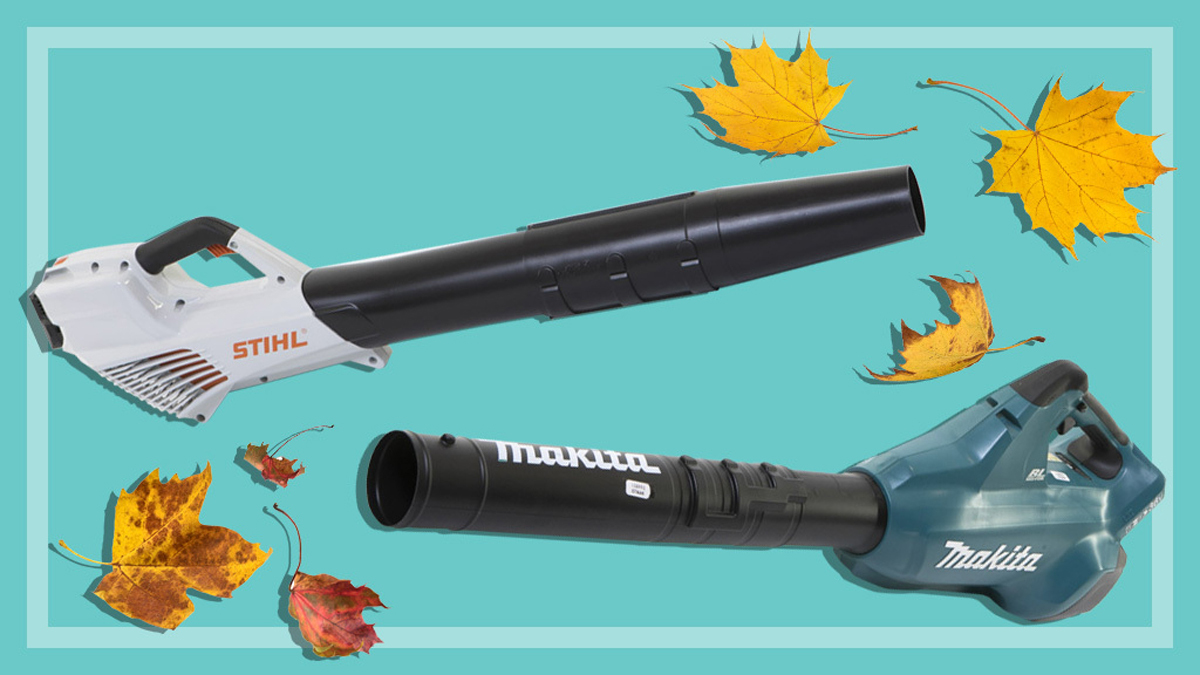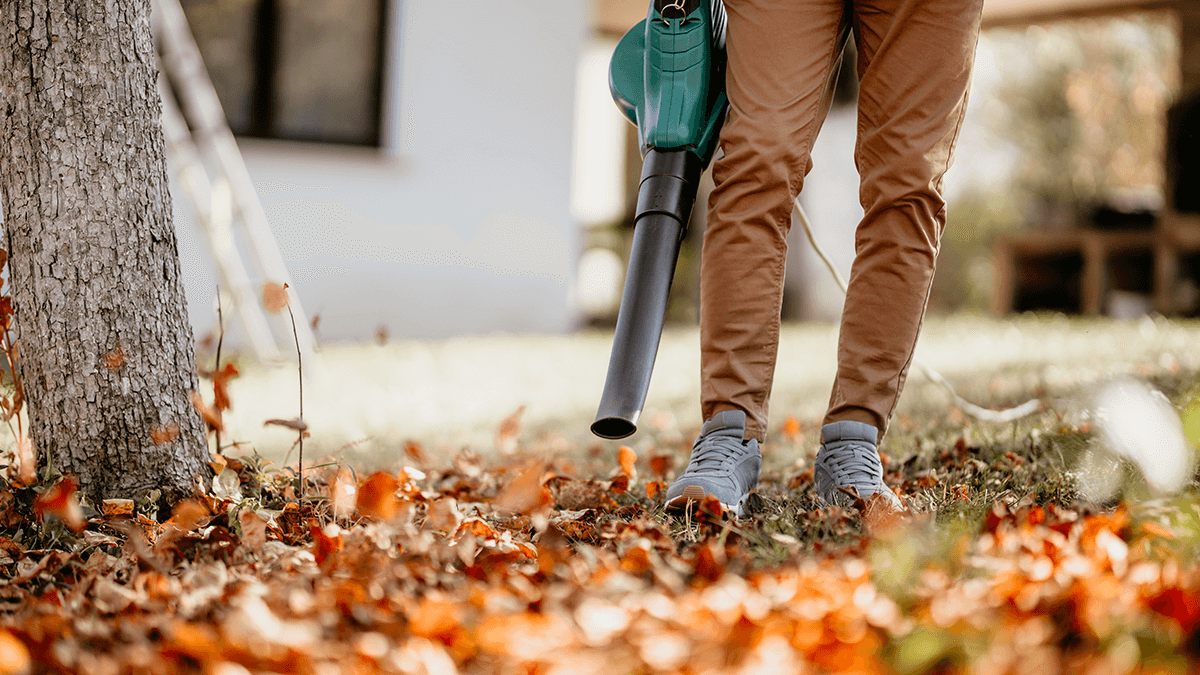Get our independent lab tests, expert reviews and honest advice.
How we test robot lawnmowers

Are robot lawnmowers a glorified robot vacuum, suitable only for the grass version of hardwood floors? Or will one allow you to spend more time enjoying your garden?
On this page:
- Our expert testers
- How we choose what we test
- How we test robot lawn mowers
- How we score robot mowers
Our experts test robot lawnmowers over the course of a month to see how the mowers perform in different conditions so that you can be sure you’re buying the best model for your yard. Here’s how we put robot mowers through their paces.
Our expert testers
To test as many robot lawnmowers as possible to the depth that’s required, we share costs and expertise with our sister consumer organisations around the world. We use professional labs in Europe that specialise in outdoor testing and test many robot lawnmowers every year. From their tests we then pick out the models you can buy in Australia.
We put every robot lawnmower through the same assessments, regardless of brand or price, so you get an unbiased verdict. Our tests involve a mixture of performance and ease of use lab testing.
How we choose what we test
Just like CHOICE, our partners in Europe buy the robot lawnmowers they test from retail stores and online to make sure they’re testing the same products that consumers buy. All the models they choose are commonly available worldwide, or have local variants. This means we can report on far more products than we could test here in Australia, and in more detail.
How we test robot lawn mowers
Performance
We spend four weeks testing each robot lawnmower for how well they cut. We conduct testing over this long a period so we can see how they’ll perform long term rather than a single run. It’s also important to see how well they perform periodic lawn mowing as per their schedules. Added to the standard lawn cutting, we also add damp grass performance, long grass, uneven lawn, sloping lawn and rough grass.
Using these factors over a four-week period, we also measure the efficiency of the robot lawnmower, including how evenly it cuts, how well it distributes the cuttings back into the lawn (mulching), if it misses any spots and whether it leaves wheel marks in the grass.
Ease of use
Testing for ease of use includes aspects such as how easy it is to set up the boundary wire (also called the guard or perimeter wire). Where a lawnmower comes with an app, we use this to set up the schedule, as well as try out the manual set-up if available. We assess the cutting height, blade change, lifting and cleaning the mower. These fall into areas such as convenience, installing and using the robot mower and app.
Safety
We conduct a mechanical test showing whether the robot lawnmower stops when riding over a foot. When any robot lawnmower fails this test, we don’t give it a recommended regardless of it’s score.
Battery efficiency
We measure the amount of time the robot lawnmower lasts cutting an area, as well as how long it takes to charge. This is scored as running efficiency.
Noise
We measure the robot lawnmower noise level close to the mower while it’s in operation, and also assess it subjectively at a distance of 10m to give a comparative score.
How we score robot mowers
The CHOICE Expert Rating is made up of:
- performance (60%)
- convenience (20%)
- noise (10%)
- instructions (5%)
- construction (5%).
In addition to running efficiency (which accounts for 10%), performance looks at how the mowers perform on different lawn types, specifically:
- a standard lawn (50%)
- damp grass (10%)
- long grass (10%)
- an uneven lawn (10%)
- a sloping lawn (10%).
Convenience is broken down into installing and using the mower (70%) and the app (30%). Where there is no app, only installing is taken into account.
Noise is broken down into operation noise measured (50%) and subjective noise evaluation when 10m from the mower (50%).
Instructions looks at whether the product comes with safety and operating instructions, general information, technical data, instructions for use, setup and programming, maintenance and servicing instructions.
Construction is based on how solid the construction feels.

